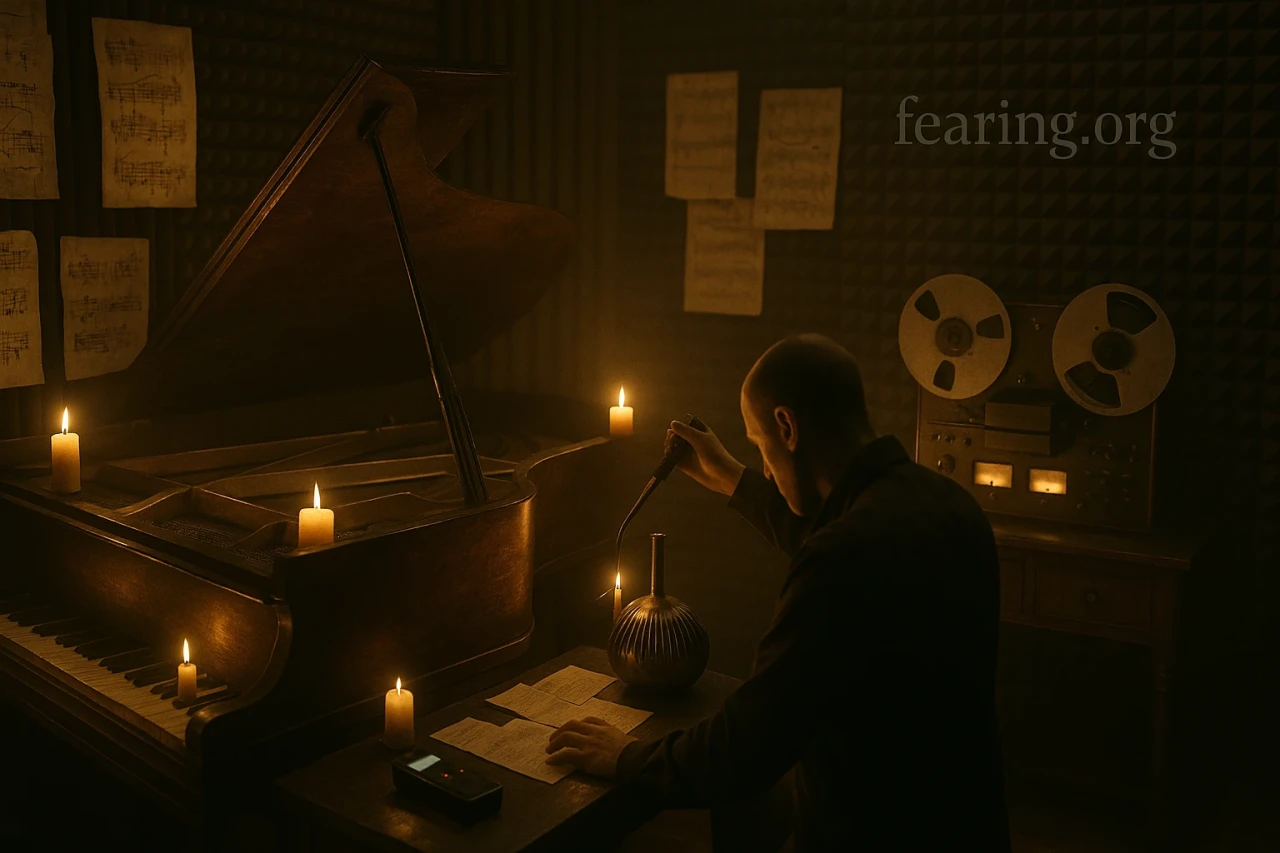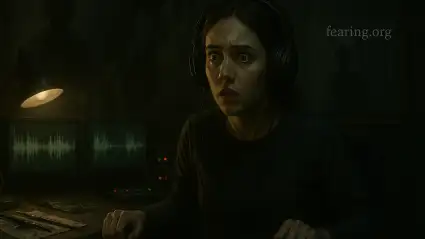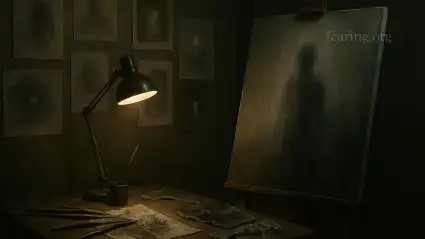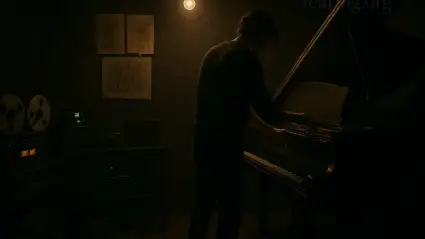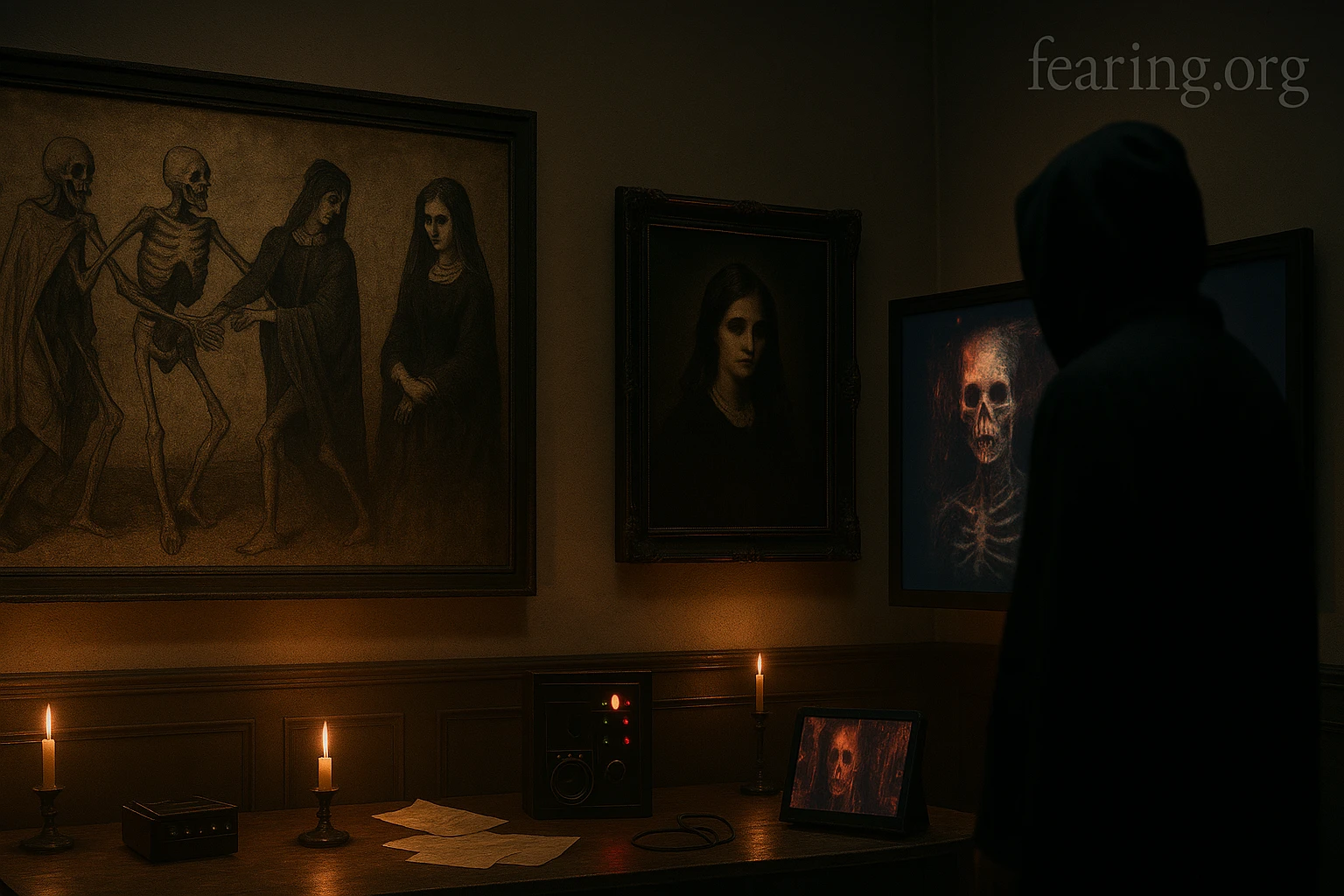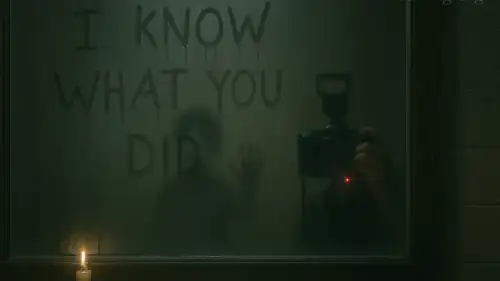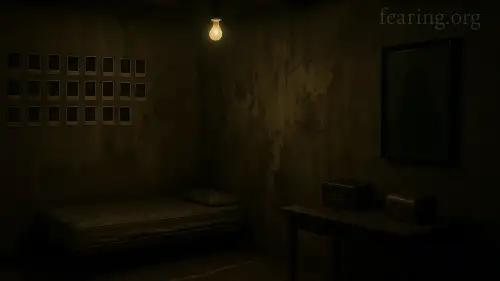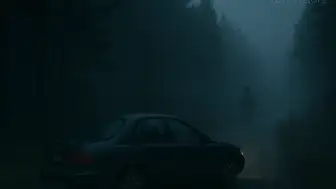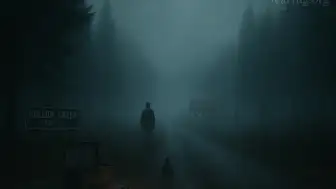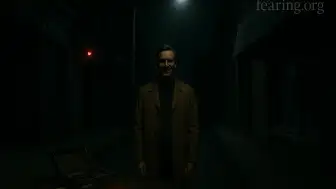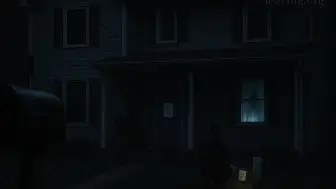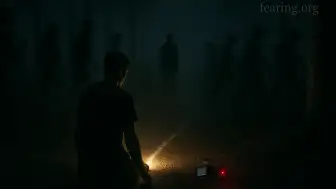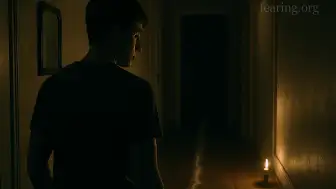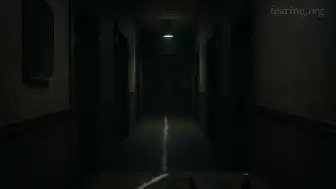From screeching violins to jarring piano stabs, dissonant sounds have long been the heartbeat of horror. But what makes these sounds so deeply disturbing? Why does one note make us feel uneasy while another goes unnoticed? The answer lies in biology, psychology, and the dark science of sound.
"Dissonance is the sound of something not being right. That’s why it works."
In this deep dive into the auditory side of fear, we’ll uncover why horror composers love dissonance—and why your brain can’t ignore it.
🎵 What Is Dissonance?
In music theory:
Consonance = pleasant, harmonious intervals
Dissonance = clashing, unstable combinations of notes
Examples:
A perfect fifth (consonant): peaceful
A tritone (dissonant): unsettling, dubbed "The Devil’s Interval"
Dissonance literally causes tension in the listener’s ear—and that tension demands resolution.
🧠 How the Brain Reacts to Dissonance
The brain seeks predictable patterns
Dissonant sounds violate those expectations, triggering a mild stress response
The amygdala (the fear center) becomes activated
Even babies show distress when exposed to harsh, dissonant chords.
"Your brain doesn’t need a ghost on screen. The sound already told it something’s wrong."
📉 Dissonance in Nature: A Built-In Alarm
Many animal distress calls (screams, growls, screeches) are naturally dissonant
Human infants cry in intervals that mimic musical dissonance
Evolution taught us: dissonant = danger
Composers exploit this biological hardwiring to provoke fear.
🎻 Dissonance in Horror Film Scores
Used to signal unease, build suspense, or deliver a jump scare
Common techniques:
Cluster chords
Glissandos (sliding between notes)
Microtonal shifts
Bowing non-traditional objects (metal, wire)
These create sonic textures that feel "wrong" even if we can’t explain why.
🧪 Case Studies: Chilling Examples
The Exorcist (1973)
Composer Krzysztof Penderecki’s work features chaotic, dissonant strings
Helps create a disorienting, oppressive atmosphere
Hereditary (2018)
Uses subtle, detuned drones and high-frequency dissonance
The unease builds before anything is even revealed
The Shining (1980)
Layers classical dissonance with ambient horror tones
Fear is embedded into the background before the visuals become disturbing
🎧 Why Dissonance Affects You More Than You Realize
It lingers longer in your mind
It’s harder to “tune out” compared to melodic music
Your body reacts with increased heart rate, muscle tension, and alertness
Horror composers use it not just to scare—but to lock you in a state of anticipation.
🕯️ Dissonance vs. Silence: The Perfect Pair
Silence builds space for the mind to wander
Dissonance invades that space with tension
Alternating both keeps the viewer emotionally off-balance
Together, they form the emotional rhythm of terror.
🎼 Is Dissonance Always Negative?
Not always:
In jazz and avant-garde music, it’s used artistically, even playfully
In horror, context changes everything: dissonance becomes the enemy of safety
It’s not the sound—it’s when and how it’s used.
"In horror, dissonance doesn’t break the rules. It announces that there are no rules."
Dissonant sounds bypass logic. They pierce straight through reason into raw emotion. You don’t need to understand music theory to feel your stomach drop when that wrong note plays.
And in horror, that’s the point. The sound makes you ready for what’s hiding—
Even when it’s not there. 🎻🩸👁️

